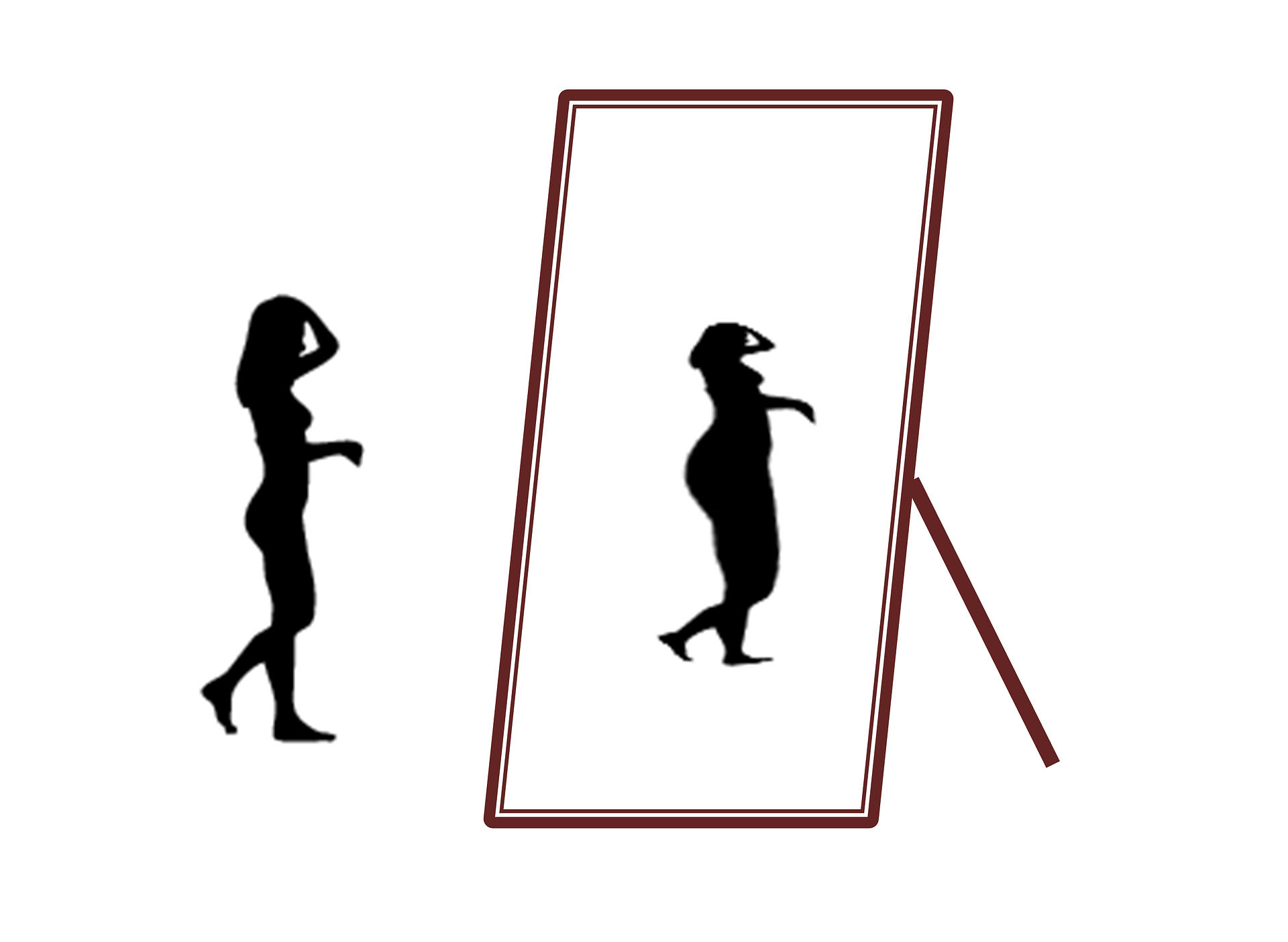Eating disorders
 All of us have experienced moments when we are not happy with the way we look. Maybe after a long winter, we have put on a kilo or two and feel like we need to get into shape for the beach for summer. We might start going back to the gym or stop eating junk food in order to live a more healthy lifestyle.
All of us have experienced moments when we are not happy with the way we look. Maybe after a long winter, we have put on a kilo or two and feel like we need to get into shape for the beach for summer. We might start going back to the gym or stop eating junk food in order to live a more healthy lifestyle.
For some people, the concern about their weight and body image is not healthy. People with eating disorders may either be restrictive - where the person does not consume enough food to meet nutritional needs - or the person may engage in binging behaviours - in which large amounts of food are consumed. The two most well-known eating disorders are anorexia nervosa and bulimia nervosa. This chapter will focus on anorexia nervosa.
Eating disorders are relatively new to the DSM, appearing for the first time in the DSM III in 1980. This leads to several questions. First, is the disorder "new" or has it always existed? As we will see, this is a problem for genetics research as prior to 1980, there are no diagnoses of anorexia or bulimia. This makes it very difficult to determine if anorexia or bulimia runs in families - leaving researchers with anecdotal data and speculation about older generations. Secondly, if it is a relatively new disorder, what is the origin of eating disorders? Many have speculated that the increase in media that targeted youth might be the reason, but as we will see, a cause and effect relationship is difficult to establish.
According to Swanson et al (2011) the prevalence of anorexia over a person's lifetime is 0.3% and Bulimia nervosa is 0.9%. The median age for onset of the disorder is around 13 years old. Anorexia has the highest fatality rate of any mental illness. It is estimated that 4% of anorexic patients die from complications of the disorder.
Originally, it was believed that anorexia and bulimia were gender based - only affecting women. Today we know that this is not the case. Males are estimated to make up 15% of patients with anorexia or bulimia. Body dissatisfaction in males is more commonly manifested as the pursuit of a muscular, lean physique rather than a lower body weight - a disorder called muscle dysmorphia. Muscle dysmorphia is categorized as an obsessive-compulsive disorder under the DSM V.
ATL: Reflection
Watch the story of Jazz.
Think about the ways that her eating disorder affected her life on a day to day basis and her struggle to recover.
What questions do you have about eating disorders after watching her story?
What do you think has allowed Jazz to make the progress that she has made?
What are the symptoms of anorexia nervosa?
According to the DSM V, anorexia nervosa can be diagnosed based on the following symptoms:
A. Restriction of energy intake relative to requirements, leading to a significantly low body weight in the context of age, sex, developmental trajectory, and physical health. Significantly low weight is defined as a weight that is less than minimally normal or, for children and adolescents, less than minimally expected.
B. Intense fear of gaining weight or of becoming fat, or persistent behaviour that interferes with weight gain, even though at a significantly low weight.
C. Disturbance in the way in which one’s body weight or shape is experienced, undue influence of body weight or shape on self-evaluation, or persistent lack of recognition of the seriousness of the current low body weight.
Often eating disorders are not diagnosed very early, but rather, only after the person has lost a significant amount of weight, causing concern from both parents and doctors. Many patients with anorexia do not believe that they really have a problem.
Symptoms of anorexia nervosa
When describing the symptoms of anorexia nervosa, we talk about the ABC’S:
- Affective symptoms: feelings of self-hatred and unworthiness; fear of getting "fat," depression
- Behavioural symptoms: excessive dieting and fasting, compulsive exercise, calorie counting, insomnia, layering of clothes, social withdrawal,
- Cognitive symptoms: perfectionism, denial that there is a problem, difficulty in thinking clearly, potential cognitive deficits due to malnutrition.
- Somatic: 85% or less of normal body weight, low blood pressure, lowered resistance to infection, dehydration, reduced body temperature, bloating, amenorrhea, osteoporosis and fatigue.
ATL: Critical thinking
Dieting is a major part of modern society. People restrict the number of calories in order to lose weight or they practice fasting. Fasting, which has played a role in many world religions, has fascinated researchers.
Watch the following video on dieting vs. fasting.
Some of the ways you can lose weight are:
- Low fat diet
- Giving up sugar and limit carbohydrates
- Intermittent fasting - that is only eating within a 12 hour window
- Exercise
Which of these four do you think would be the most successful way to lose weight? How would you be able to support your theory?
Are all of the methods healthy? Why or why not?

 IB Docs (2) Team
IB Docs (2) Team
